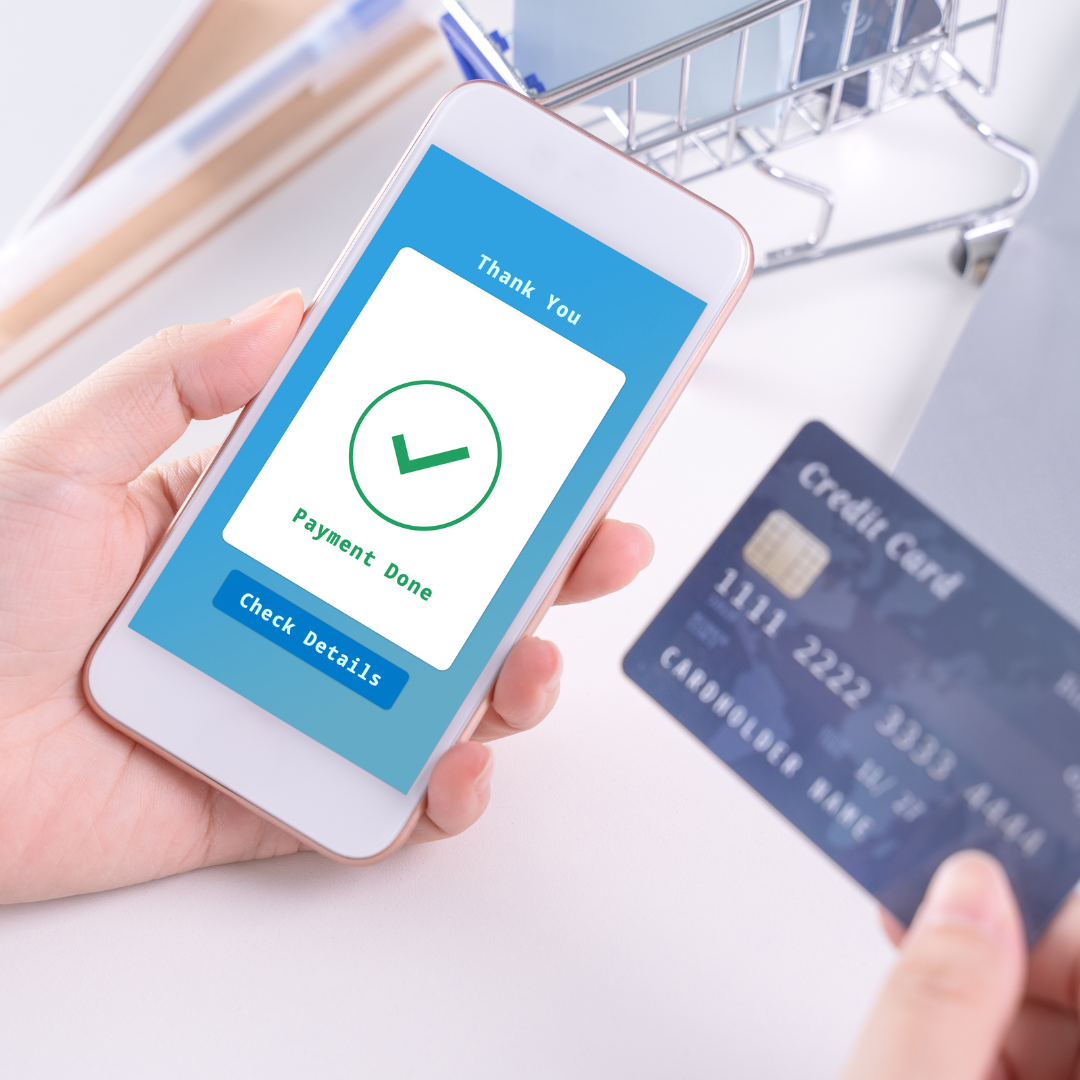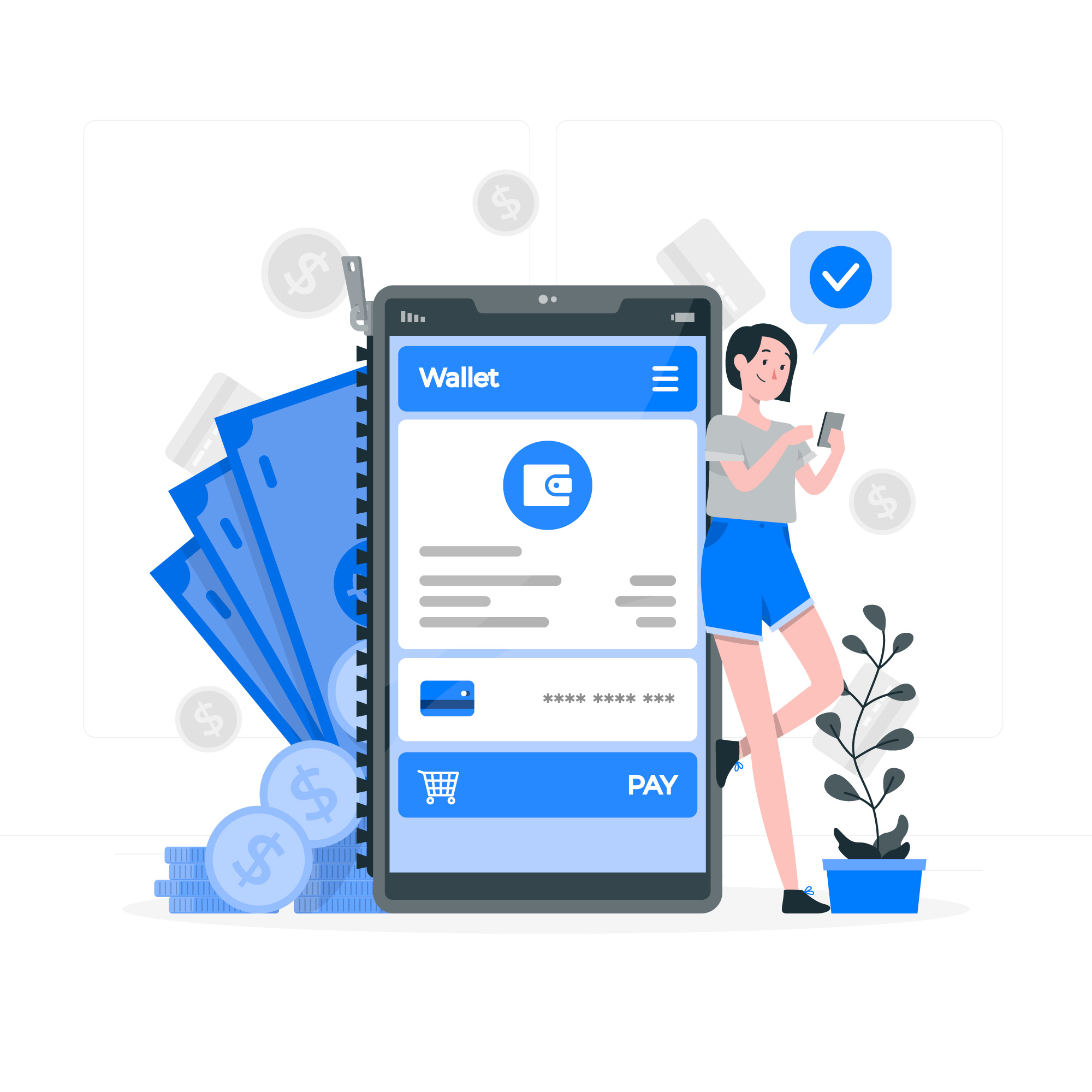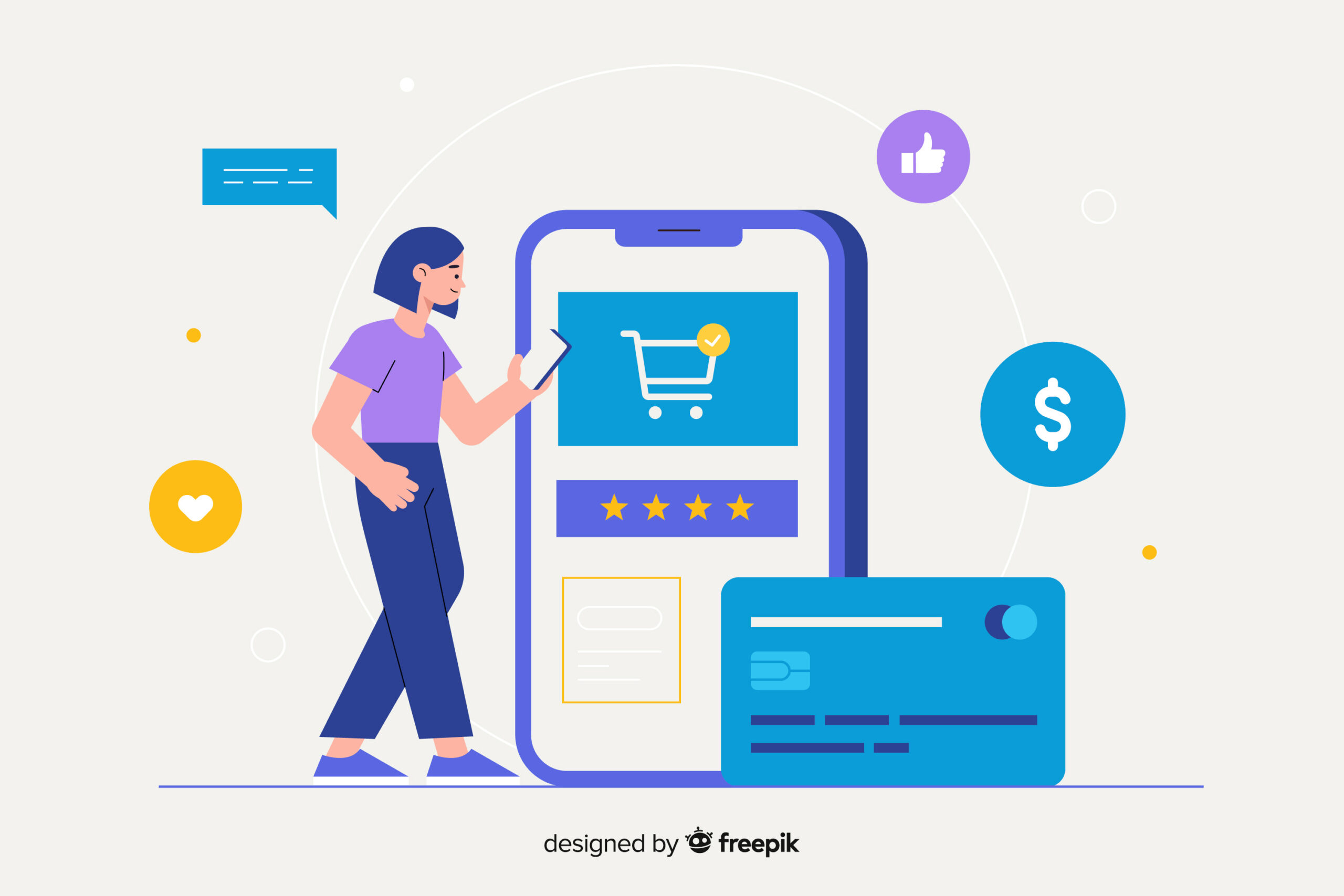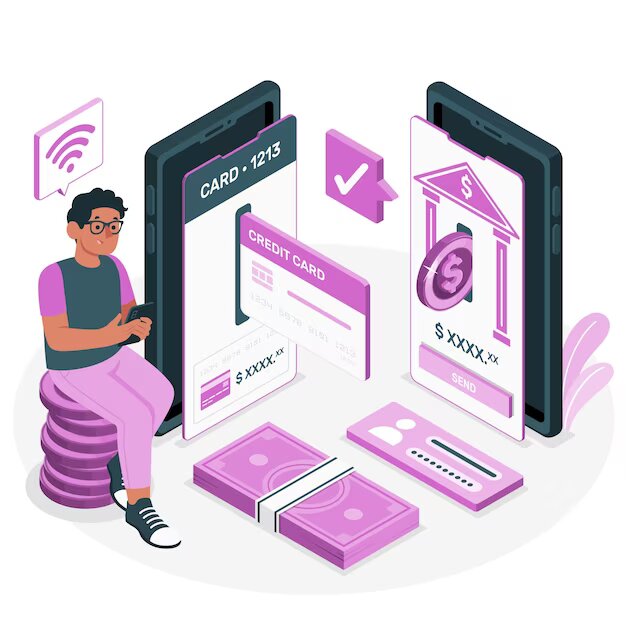Mobile payment gateways are revolutionizing the way we conduct transactions, providing unprecedented convenience, security, and efficiency. As smartphones become more common, these gateways are reshaping the landscape of commerce by providing a seamless way for businesses and consumers to exchange goods and services.
Mobile payment gateways are built around technology that allows for secure transactions via smartphones or other mobile devices. These gateways use encryption and tokenization to protect sensitive financial information, providing users with peace of mind regarding privacy and security. They add an extra layer of security against fraud and unauthorized access by incorporating biometric authentication and two-factor authentication capabilities.
One of the primary benefits of mobile payment gateways is their convenience. Users can make purchases at any time and from any location using only a few taps on their smartphone screen. Mobile payment gateways make it easier for customers to buy groceries, order food, and pay bills by eliminating the need for cash or physical cards at the checkout.
Furthermore, mobile payment gateways meet the growing demand for contactless transactions, especially in light of the COVID-19 pandemic. They reduce the risk of infectious disease spread by minimizing physical contact at the point of sale, making them an essential tool for both businesses and consumers.
Furthermore, mobile payment gateways facilitate global transactions, allowing businesses to easily reach customers across borders. They remove barriers to international commerce by supporting multiple currencies and languages, thereby creating new opportunities for growth and expansion.
Looking ahead, mobile payment gateways will play an even larger role in shaping the future of transactions. As technology advances, we can expect to see improvements in areas such as augmented reality shopping experiences, voice-activated payments, and blockchain-based solutions. Mobile payment gateways, with their combination of convenience, security, and innovation, are poised to transform how we buy and sell goods in the coming years.








